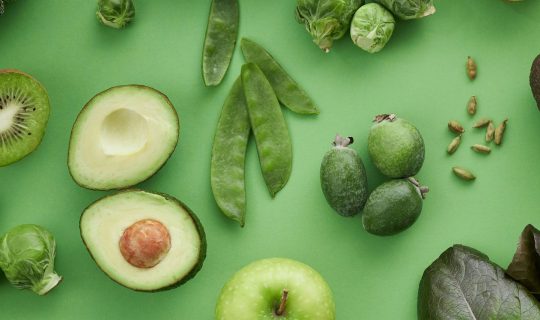For decades, nutrition advice has been built around population averages: recommended daily intakes, standard dietary guidelines and broad lifestyle recommendations designed to suit most people. While these guidelines are useful, they often fall short when individuals experience persistent symptoms, conflicting responses to food, or limited results despite doing “everything right”. This is where genetic testing…
November vegetable of the month: Red Cabbage
by Lucia Stansbie
Red cabbage is part of the brassica family, same as broccoli, kale and sprouts. Brassica vegetables are rich in antioxidants, can support liver detoxification, hormonal balance and add fibre to diet. Is important to notice that raw brassica can be goitrogens, meaning they can interfere with thyroid hormone production by slowing iodine uptake by the thyroid.
Nutritional Value
Red cabbage is rich in micronutrients and antioxidants, more than the green variety (4.5 times more antioxidants). The purple pigment is due to anthocyanins, an antioxidant that could improve insulin sensitivity, cardio-vascular health and have antimicrobial and anticancer properties.
Studies report the benefit of red cabbage for gut health, with regular consumption being able to reduce inflammation markers by 20%-40%.
100 gr of red cabbage can provide around 60% of daily vitamin C recommended intake, plus good quantities of vitamin K and B6. Red cabbage is also a source of minerals such as zinc, calcium, iron and magnesium – all essential for electrolyte balance.
Recipes
Red cabbage is an ideal to ferment as sauerkraut – easy to do and full of benefits for gut health. A great recipe can be found here. Red cabbage is also great as part of a slaw, along with sliced apples, carrots and kefir.



